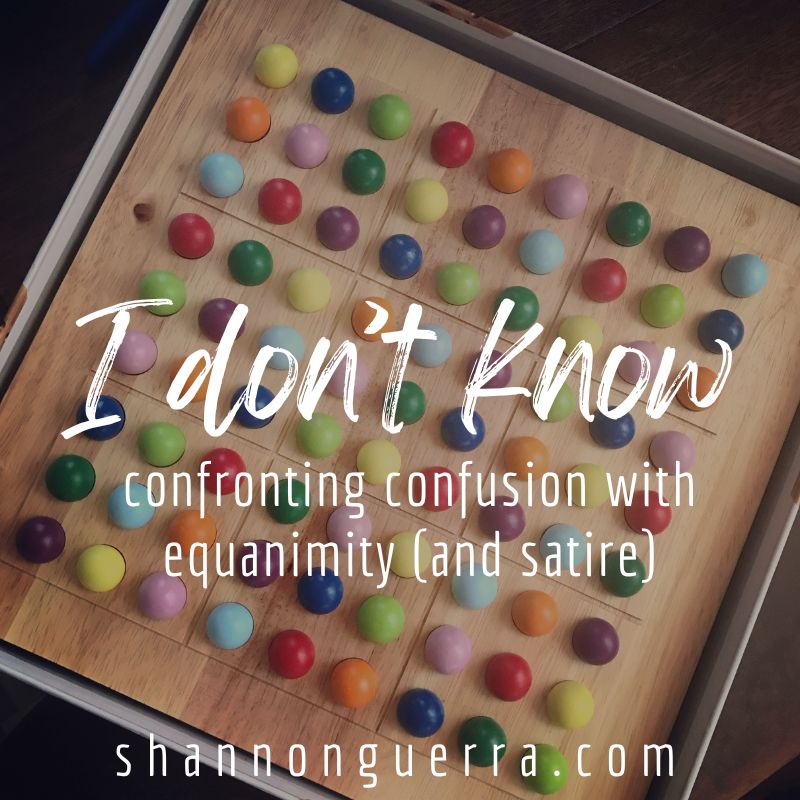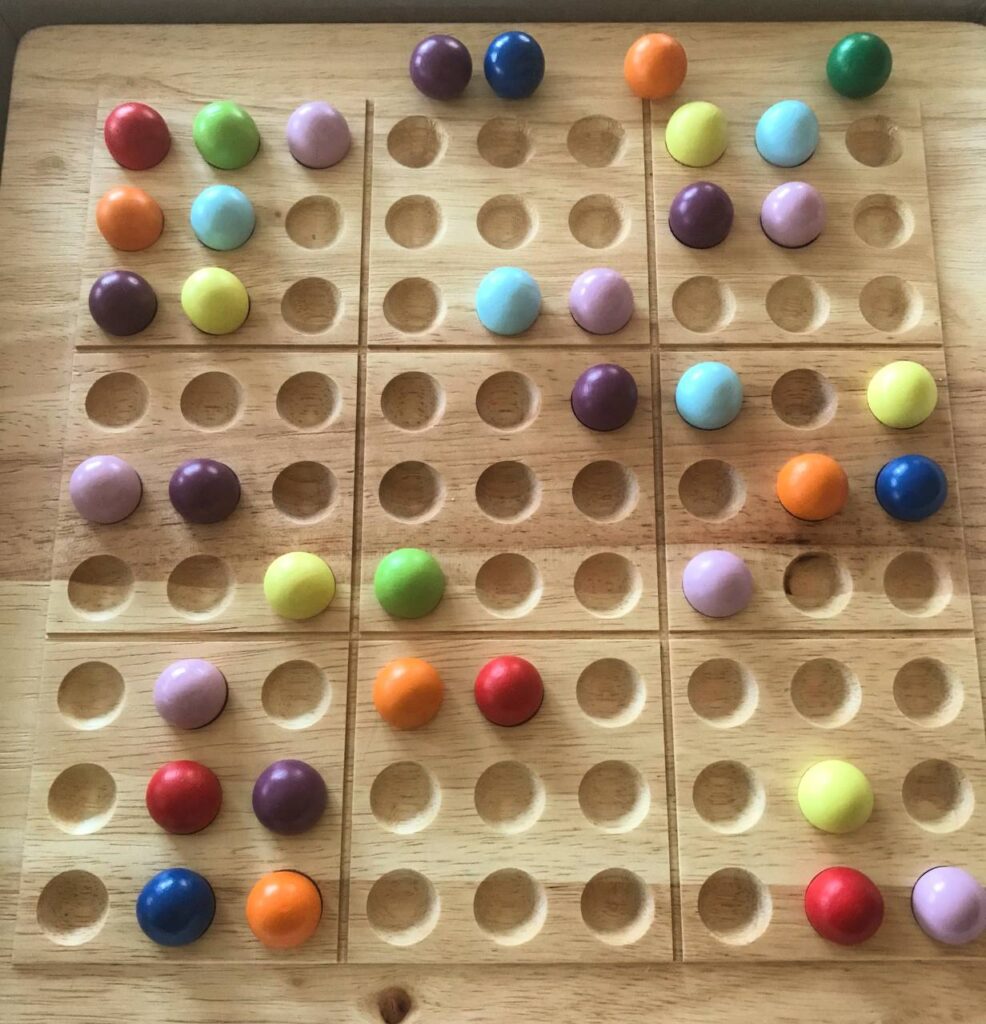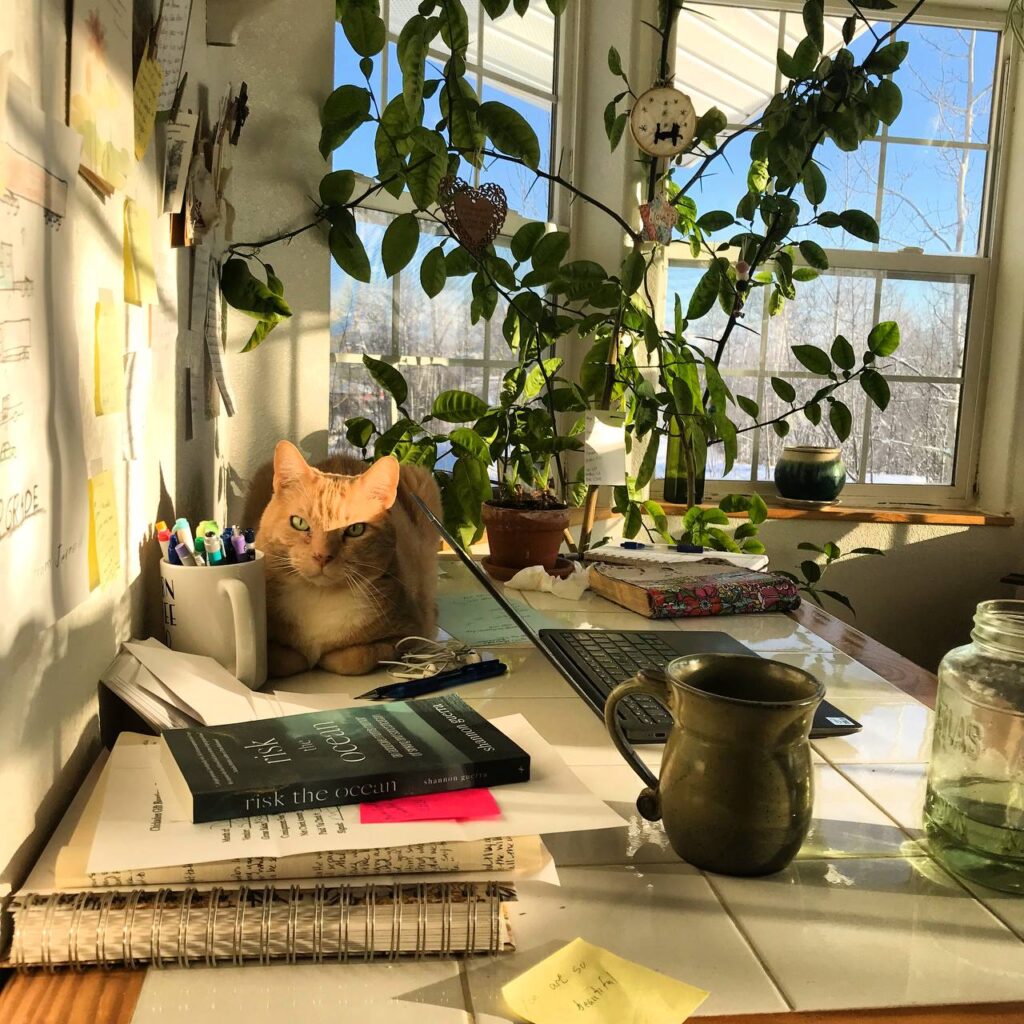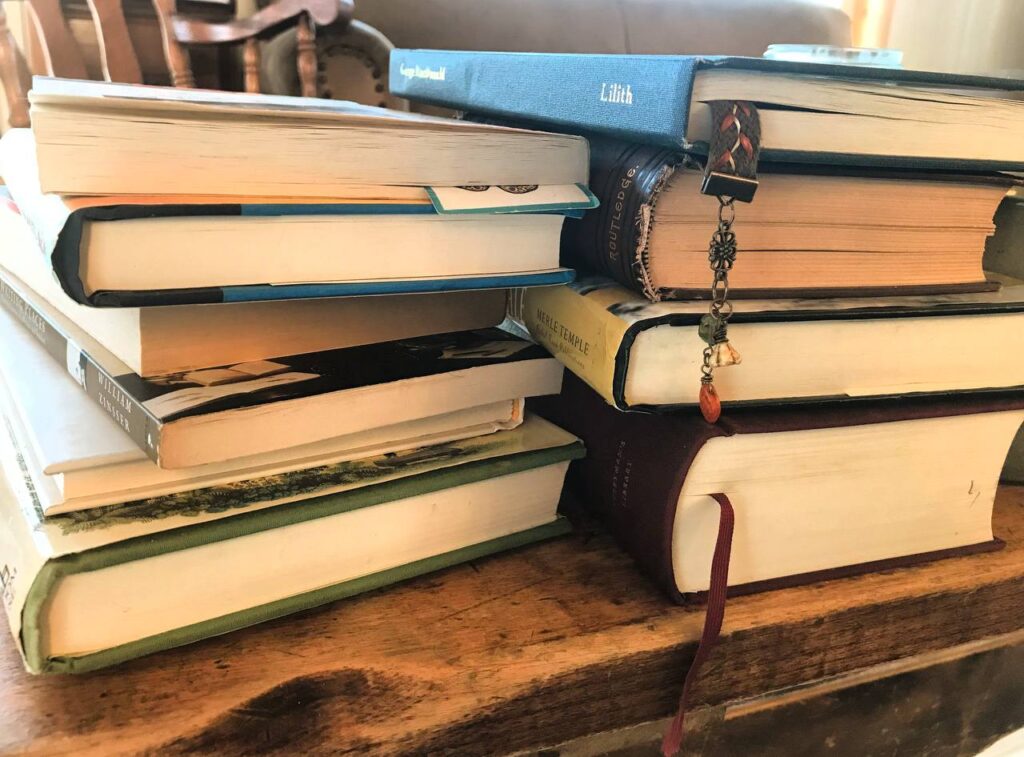The fog left its mark in hoarfrost on the trees along the Parks Highway, and we drove home from church with all eight of us in the vehicle. It was the last time I would sit crammed between two 6-foot-something men in the front seat of the Stagecoach; one of them has moved out and is on his own now.
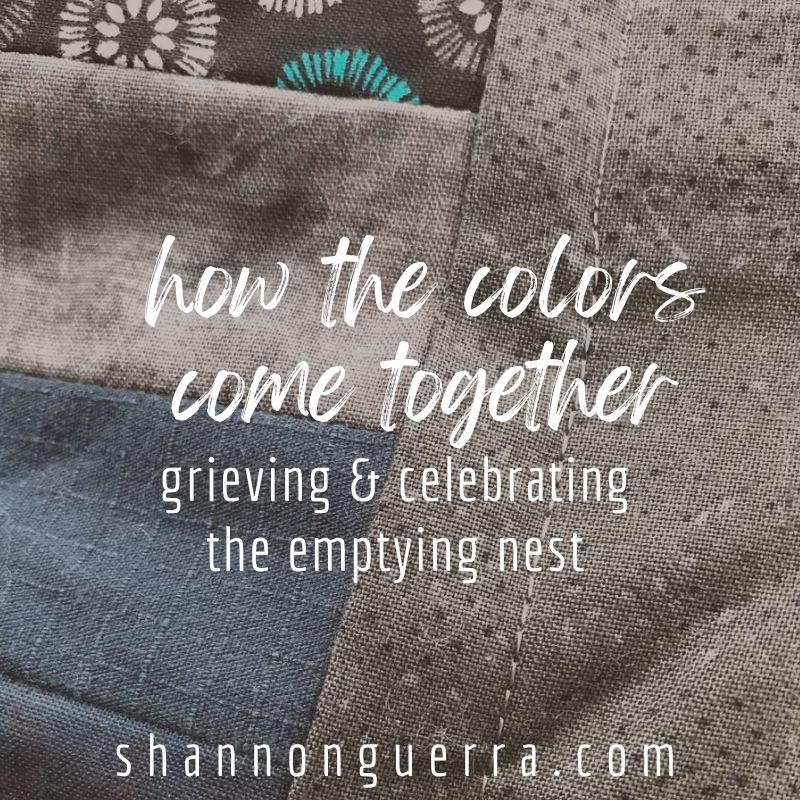
I gave him the quilt I’d been working on for months, often right in front of him while he was oblivious because almost-18-year-old boys don’t pay attention to their mother’s crafty shenanigans. Two nights before, Iree and I spent several hours finishing it and the seams had “significant wonk,” meaning they veered and shifted in ways I didn’t intend them to because I’m still new at this and don’t know what I’m doing and it is hard to wrestle these giant things through a small short-armed machine.
As soon as Afton’s room was empty, Cham moved into it. We’ve started to fill her vacated area – which was his space not long ago, before last year’s rearrangement – with a table for spring seedlings and about 200 books that he didn’t want to take with him. There’s still room for the sewing machine, and once the space is filled and echo-less, I’ll be recording audio in there, too. So we have plans, just like he does, and plans are good.
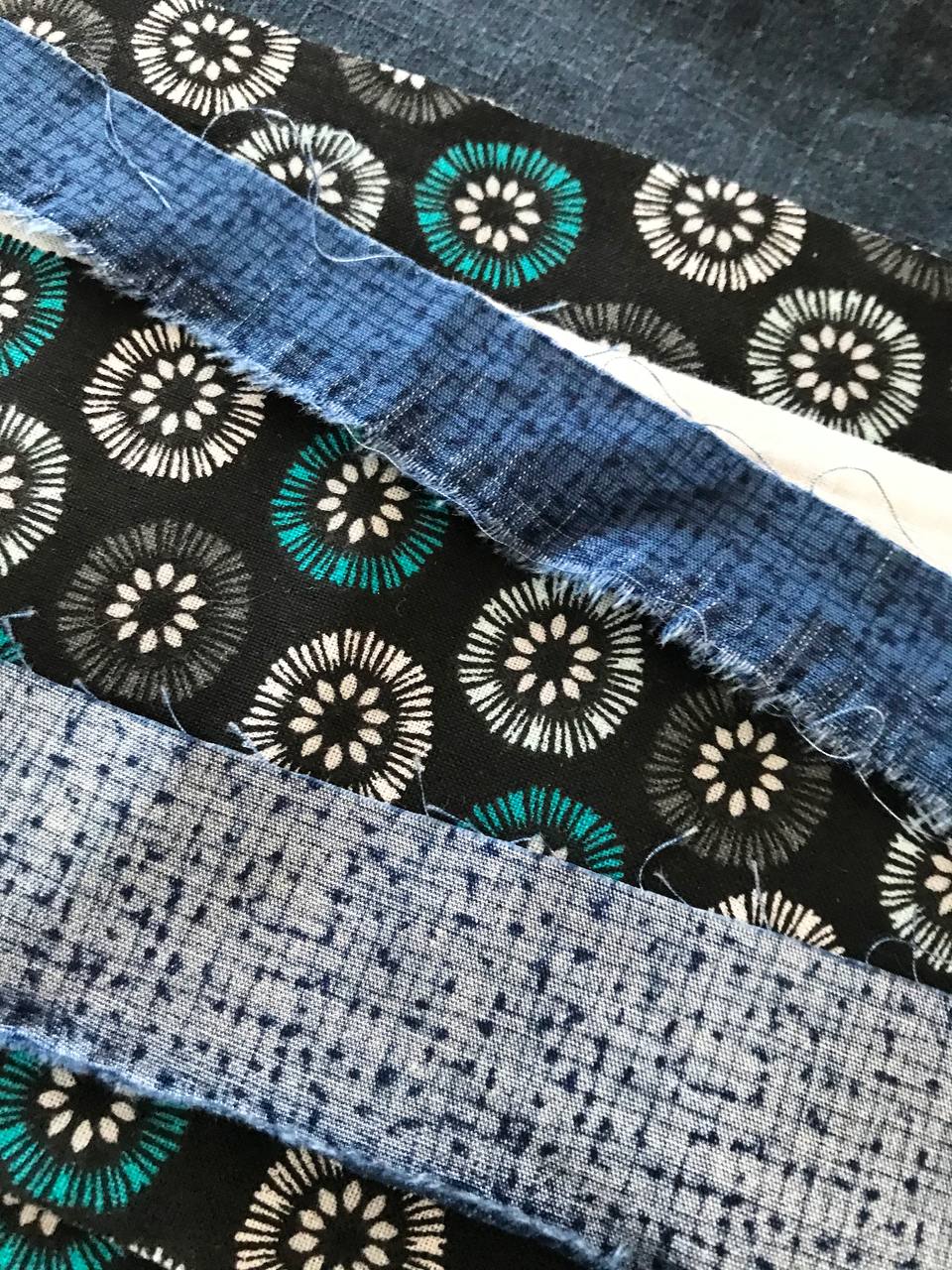

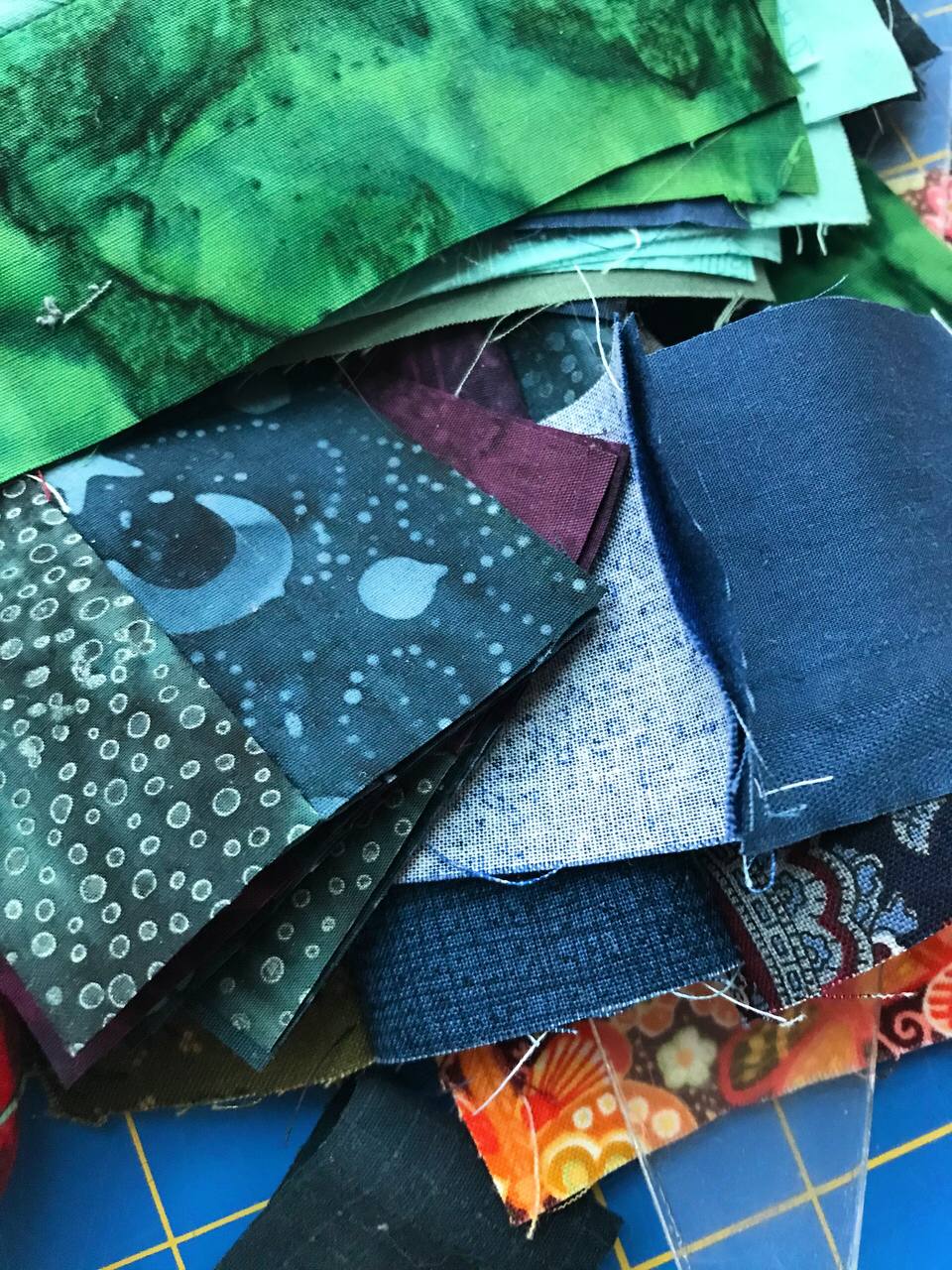
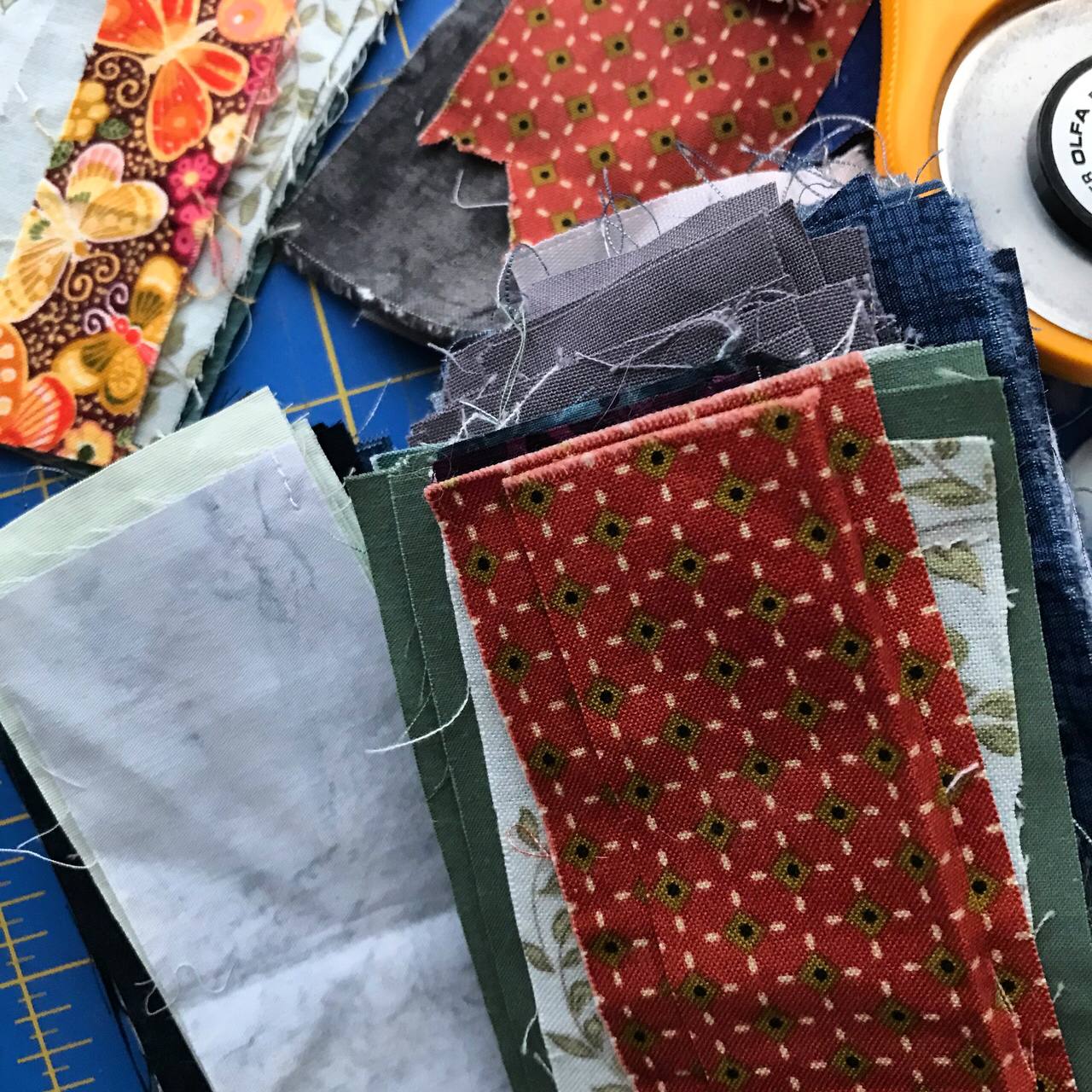
I spent one evening shelving all the books in the new space and sorting through what to keep and what to get rid of: Nineteen books by Patrick F. McManus. Also, the ones on blacksmithing and leatherworking from those phases, and the manuals on knifemaking from that phase. And the first copy of the bread book he learned artisan bakery from – the one we have two copies of, because he used the original until the spine broke and pages fell out from his blissfully long but sadly abandoned passion for breadmaking, when we all learned terms like poolish, pan de mie, and bâtard.
On the day he moved I was fine until that night, making dinner in the kitchen, and suddenly felt the gentle wrench of his absence. Some of his things were missing because he’d taken them, and others of his were still there, discarded because he didn’t want them anymore. I searched the cabinet for a jar and found his collection of cheesecloth from the cheesemaking phase.
He won’t be back for dinner tonight, I realized. Not that he’s been eating with us; he’s been raiding the kitchen late at night when he gets home from work. He’d ask, “What’d you guys have for dinner?” and, depending on whether or not he liked the answer, he’d respond with “Is there any left?” or bored dismissal, and make his own thing.
And that song was playing again – the same one Iree played all last year before she moved, the anthem of the hatch. But this time it wasn’t her, it was the station playing Einaudi like it knows the soundtrack of our home.
I thought to myself that day, Oh, this is easy, I must’ve done all my grieving last summer when he left for fish camp, because I didn’t even feel like crying, all day I was fine. But then it was dinnertime in the kitchen that was so often his wheelhouse, and I still wasn’t crying, but now I knew for sure it would come later.
The song was finishing and I sat on the couch and filled three scraps of paper with grief, tearing sheets from the pad as I went, surprised at how many words and feelings were still pouring out.

I started this quilt not knowing what I was doing, just following the process, just trying to make something beautiful out of the materials on hand. Some of the fabric was good and new, some was old and recycled – pieces of one of Vin’s shirts, some old sheets, other scraps salvaged from an abandoned project. I was just running the machine, just doing the next thing I knew to do to patch things together, snipping ends and threads that stuck out in the wrong places, making pieces line up, and when they went wonky, I’d go back and seam rip and make them square again.
I got so frustrated with all the ironing because it felt like it was such an interruption to forward momentum – stop what you’re doing, iron these panels. Stop again and iron these other pieces. It wasn’t just to smooth things over, though; I realized at the end when I flipped the whole thing over that when you iron seams open, it covers a multitude of wonkiness and uneven lines. The areas I thought might go astray and slant off to an angle looked fine.
I was afraid it would be ruined, or ugly, or a disaster, but it was fine. Beautiful, even.
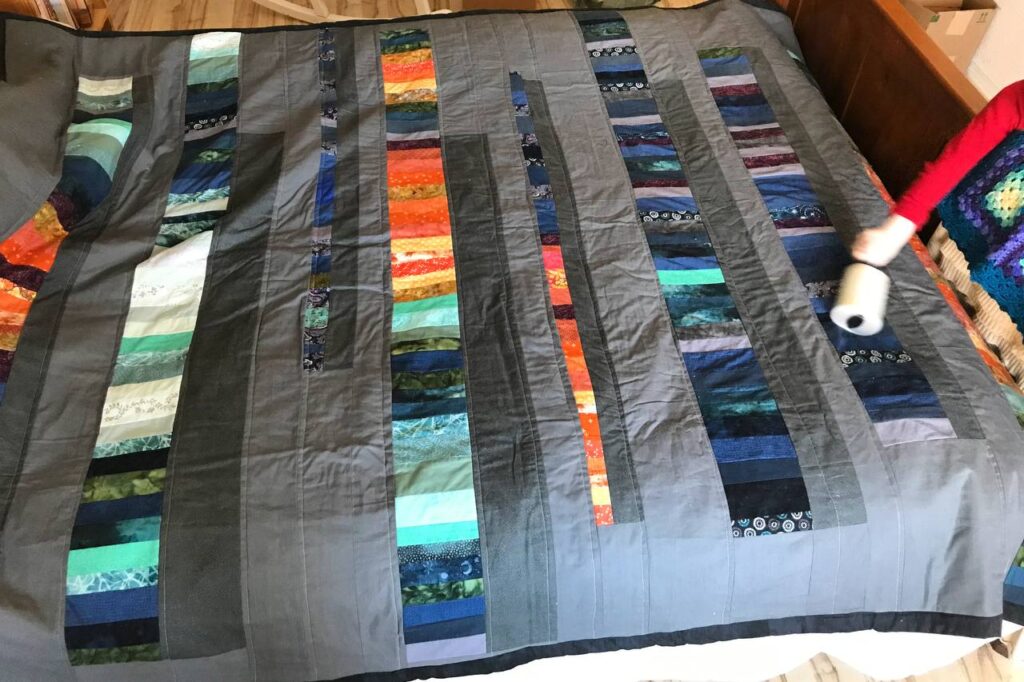
He smiled when I gave it to him and seemed to know what kind of gift it was.
Here, I made this for you. I hope you like it. I hope you don’t notice or mind all the flaws; I know it’s not perfect. I worked hard on it, but could have done better. I wonder if you’ll look at it more closely later and recognize some of these pieces, and realize where they came from.
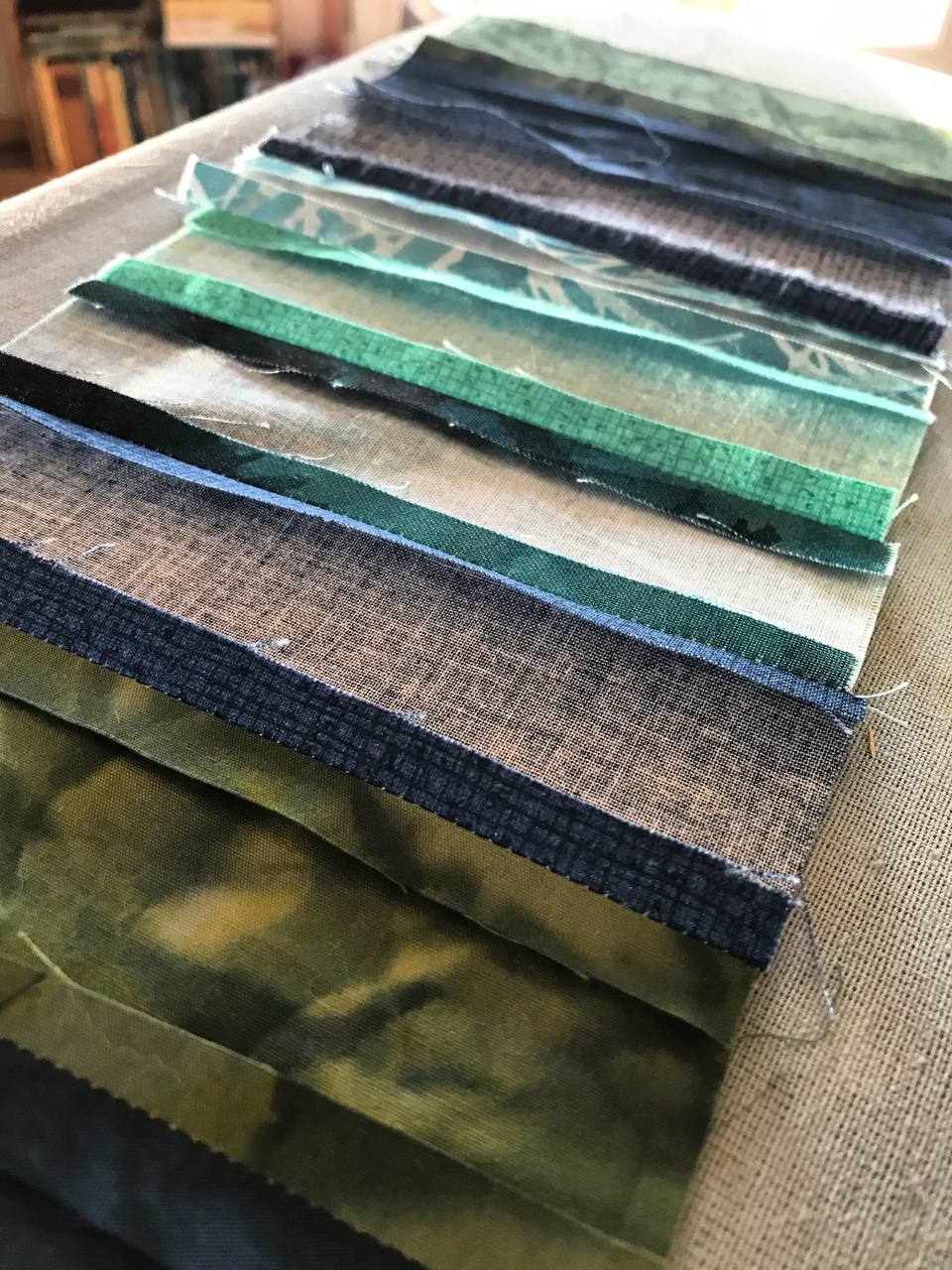
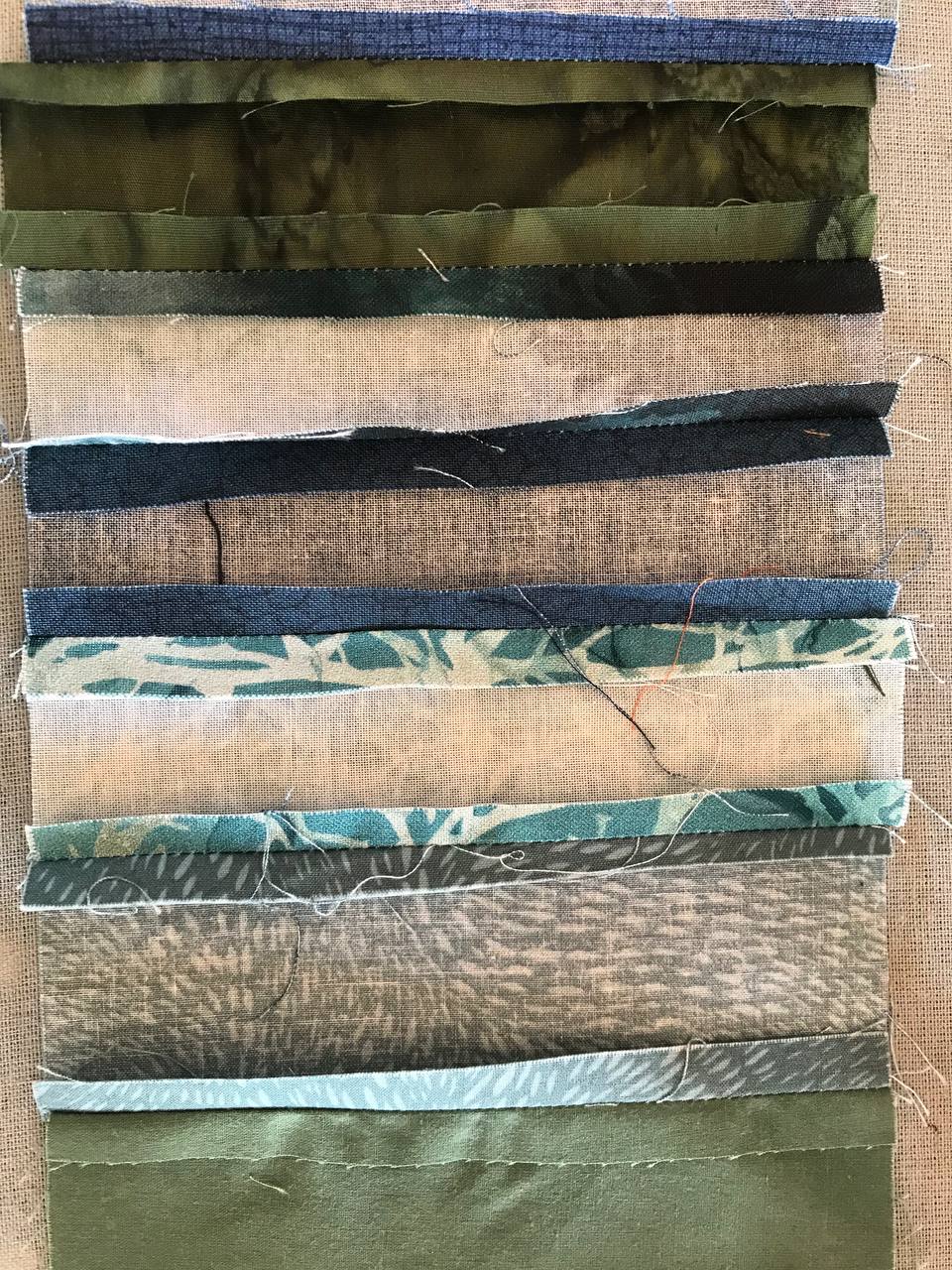
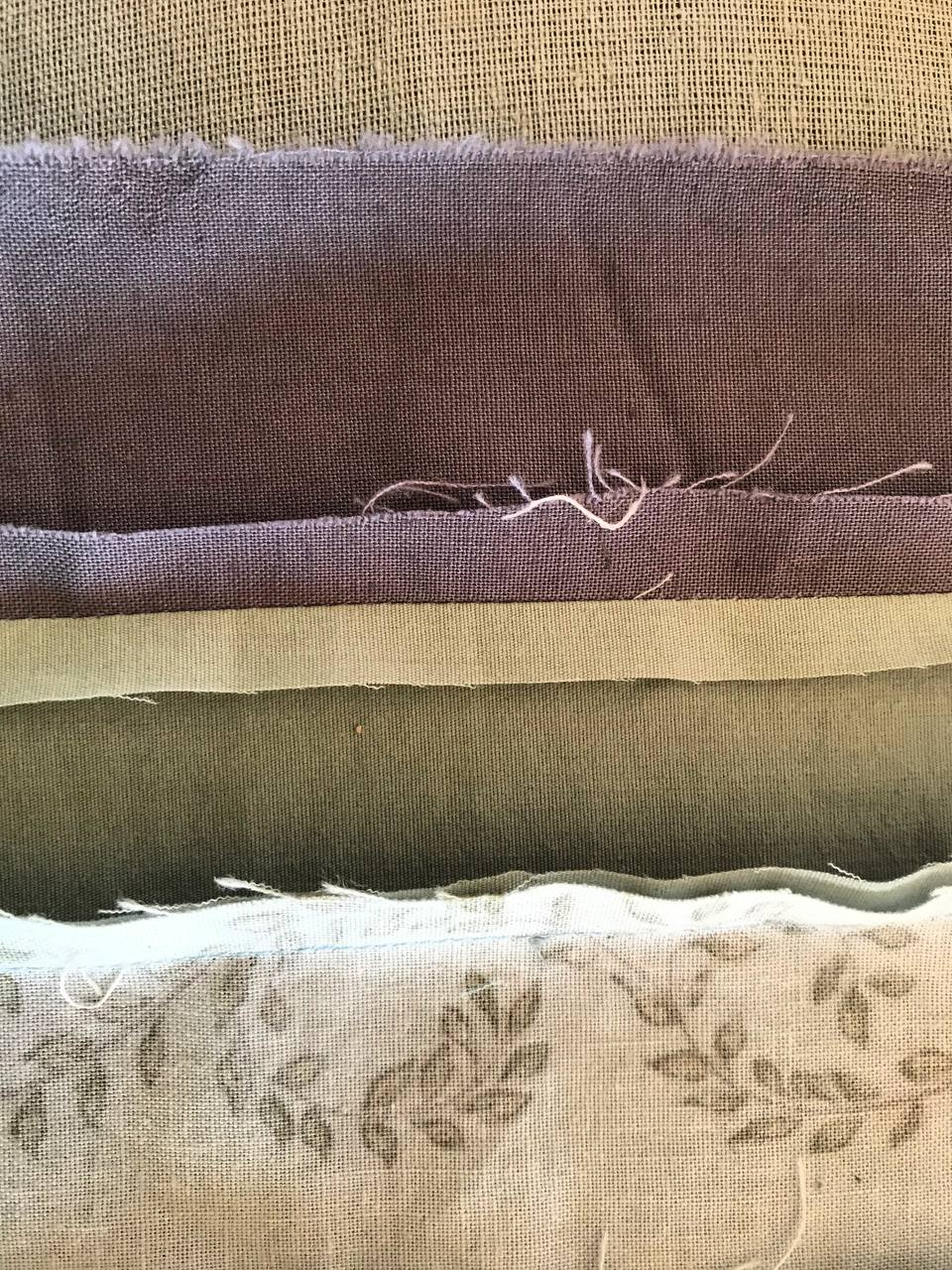
We leave our marks on each other just by proximity and relation, and sometimes they are uneven lines and empty spaces we don’t know what to do with. Sometimes when we move away we do whatever we can to rub those marks out for a while, as though they’ve taken up space without our permission and we want to see what’s underneath without their influence.
Here, this is part of me, take it – and we pluck the feathers from ourselves, and thrust them onto our young men and women as they take their own flights, hoping they won’t cast our affection to the wind.
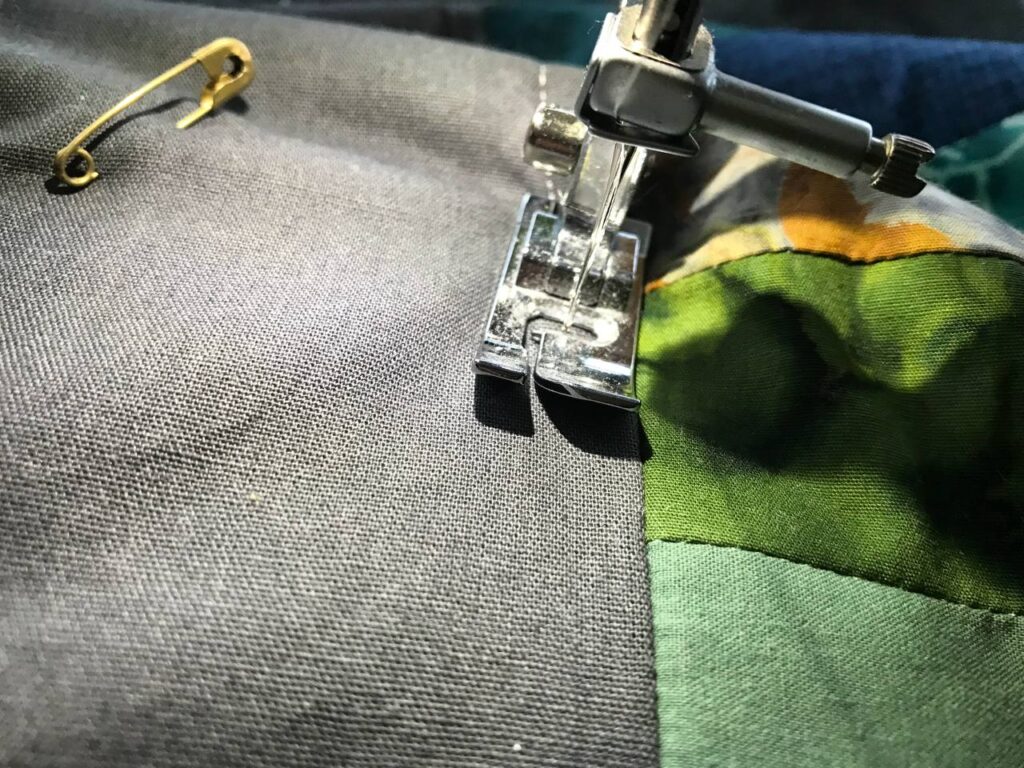
I paused, tore another sheet from the notepad, looked at all the words. Folded the papers in half, stared at the highway traffic out the dark window, the headlights going north and south.
Unfolded the paper, flipped it over, and kept going.
We miss their presence when they leave. But also, as they’ve been longing to leave – which we remember and relate to and rejoice in with them – we realize that we’ve already been missing them because part of them has been gone for a long time. They’ve changed and emotionally moved on already in many ways. The grief has been sneaking up on us, slipping in and surprising us at random intervals for over a year now.
This is not summer camp, or youth overnight, or fish camp. This is launching. And he’ll be back, I know he will; there will be dinners and barbecues and birthdays and it will be better. We’ve done this twice before and we know there’s a stretching distance for a while before the elastic springs back and things reach a new equilibrium. And it will be good. Really, really good.
But it won’t be the same. And that’s the thing we grieve most: It will never be the same. We cannot get that time back. The binding is on, the quilt is finished, there’s no time left for seam ripping and rearranging colors and redoing those panels.
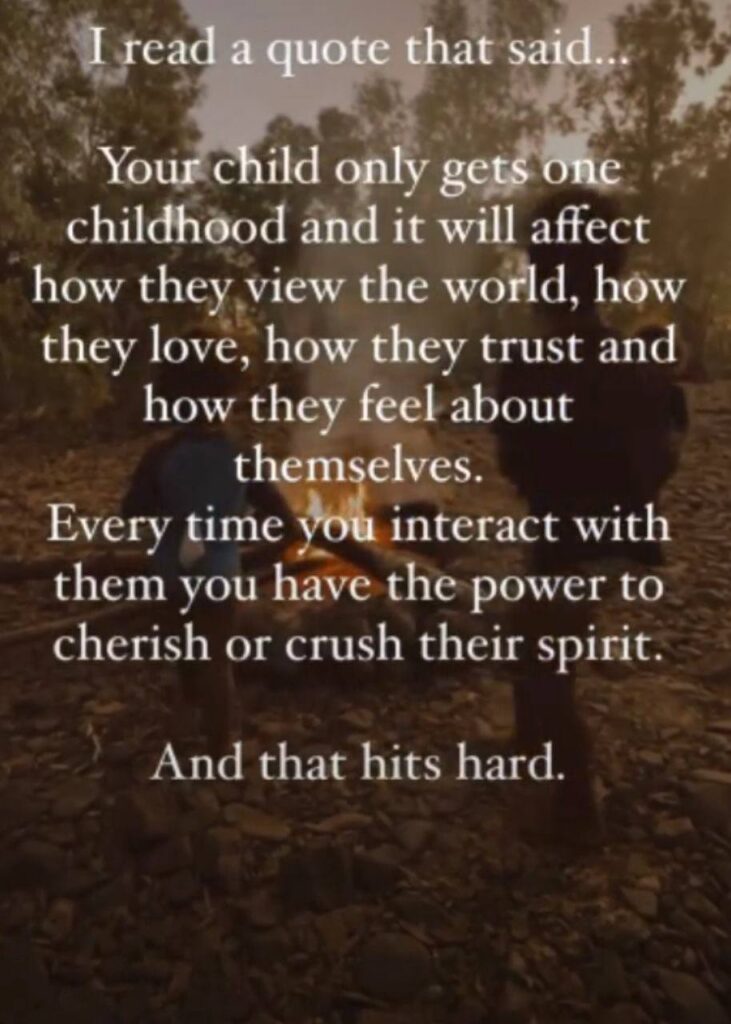
Jesus redeems and leads and saves, and Holy Spirit continues doing the work we can’t, couldn’t, or didn’t. But still, we want to do better and wish we had done better — and I think this is the sign of a good parent, rather than one who’s perfectly satisfied with every aspect of their parenting and confident they’ve made no mistakes — and I’m grateful to still have little and younger ones to keep doing better with.
But it’s not over with the older ones, because we have new time that’s different from before. This time looks like broad, new conversations, and tentative efforts to bring buried things into the open, and a willingness to let spaces stay empty that aren’t ready to be filled. It looks like hilarious confessions and new levels of respect in both directions, and inside jokes filled with a vocabulary that only our family knows. It looks like mutual appreciation and recognition and repentance, and a whole different level of starting again.
Here, this is yours. I love the way some of these colors come together, and I regret not trying harder to make even lines in some of these places. But I hope you love it. I hope it keeps you warm, I hope you remember your mother and your family and your childhood and where you came from…with warmth, and fondness, and gratitude. I hope you know you are so loved.
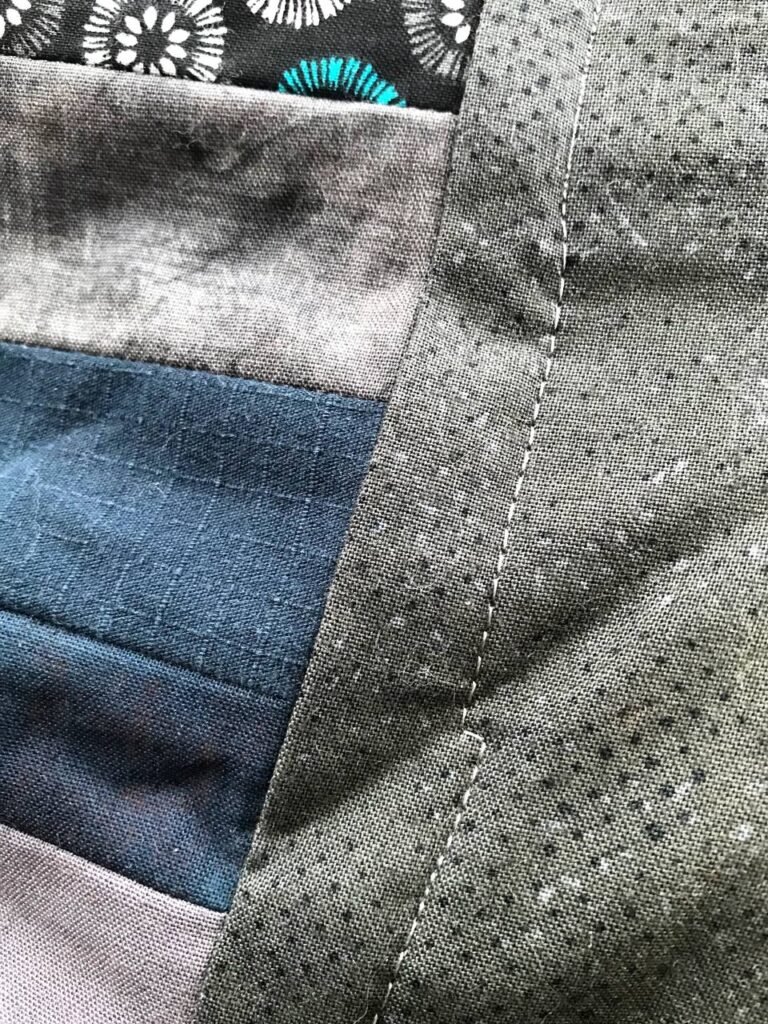
It might be a while before they realize they didn’t notice all the things we did right in front of them, trying to make something beautiful out of the materials we had on hand.
It was so imperfect. There was significant wonk and things veered and shifted in ways we didn’t intend them to because we were learning and didn’t always know what we were doing. It is hard to wrestle these giant, complex souls to adulthood and keep our lines even.
But it was good, and warm, and filled with pieces of ourselves as the colors came together, and that is even better.
Want to subscribe to these posts? Right here.




